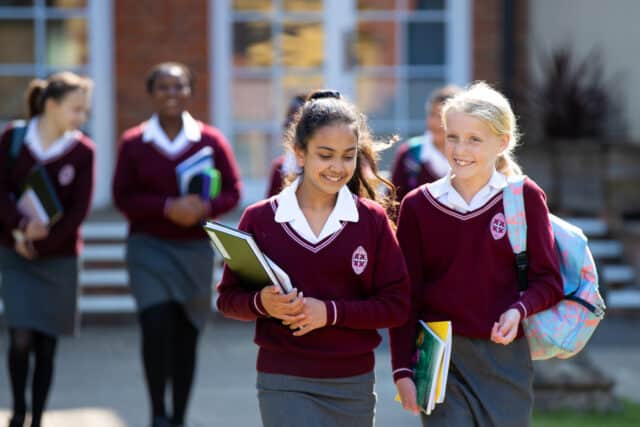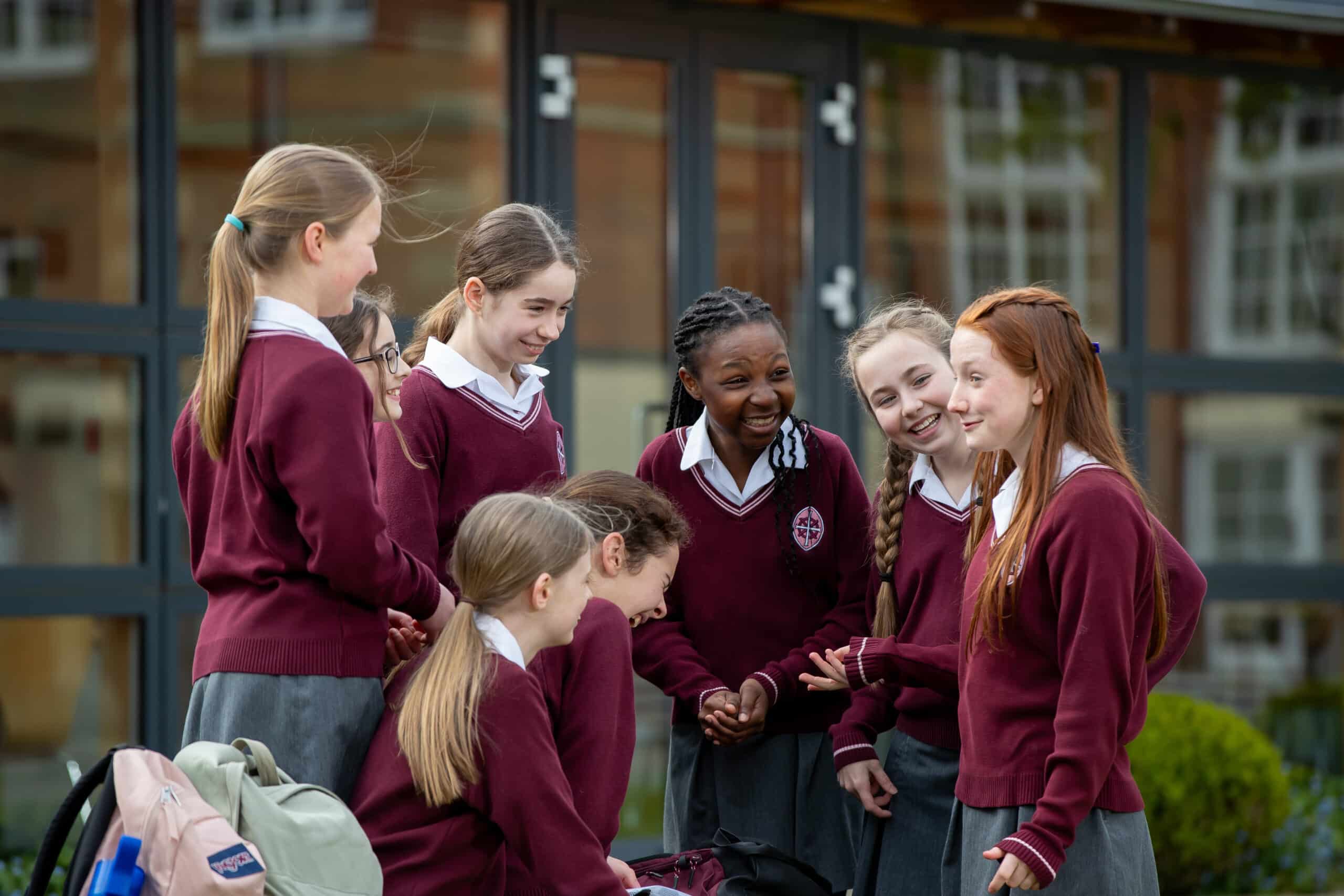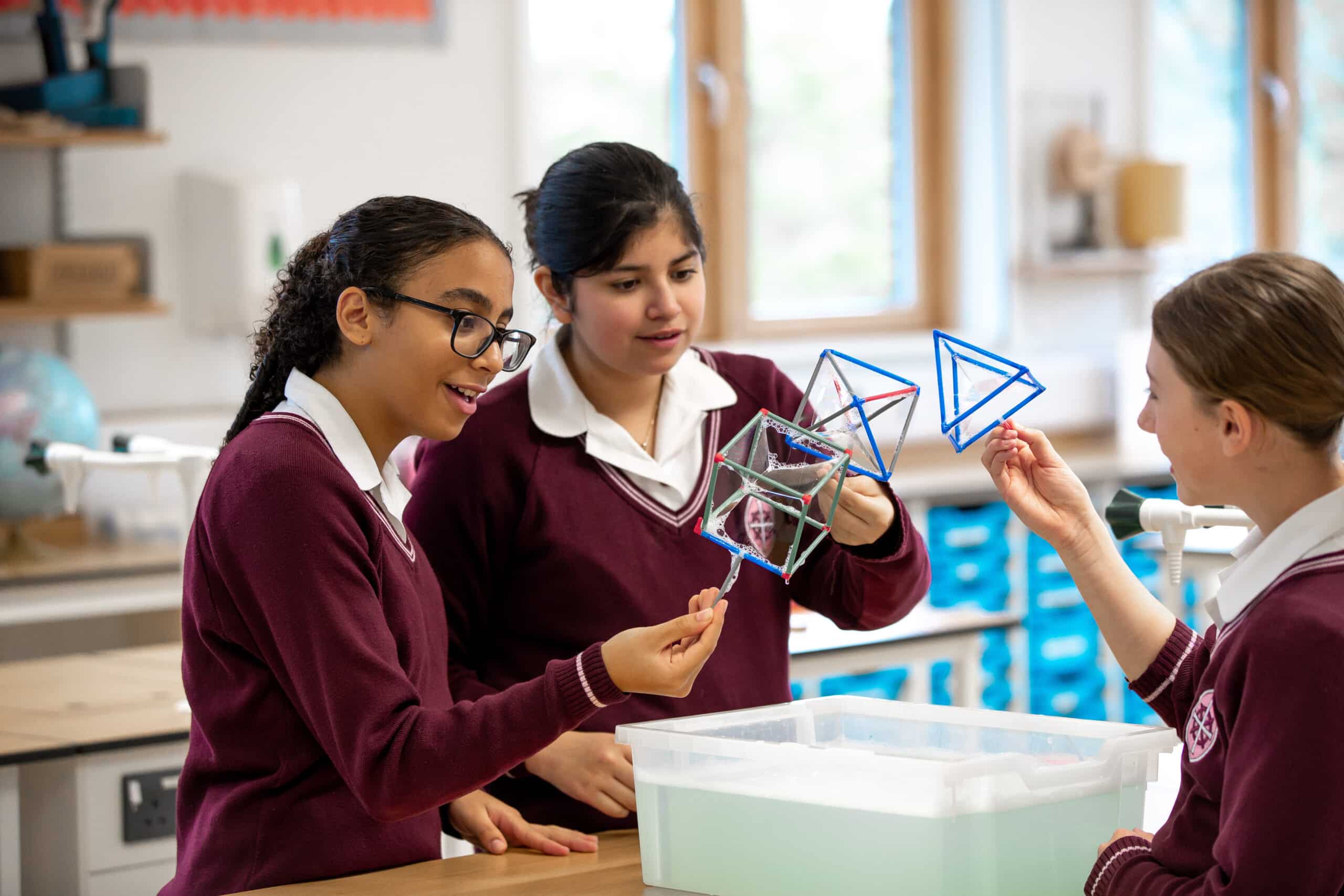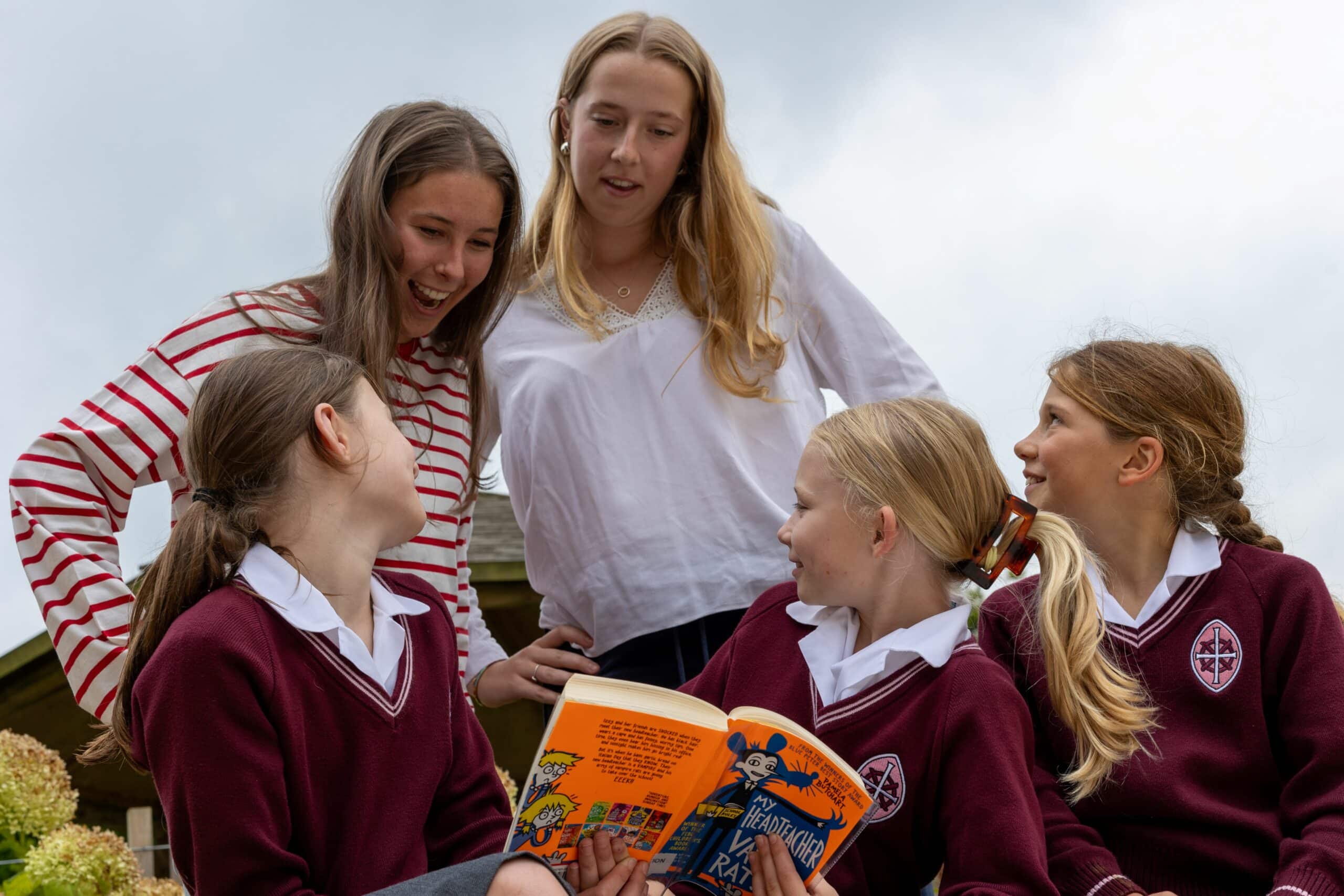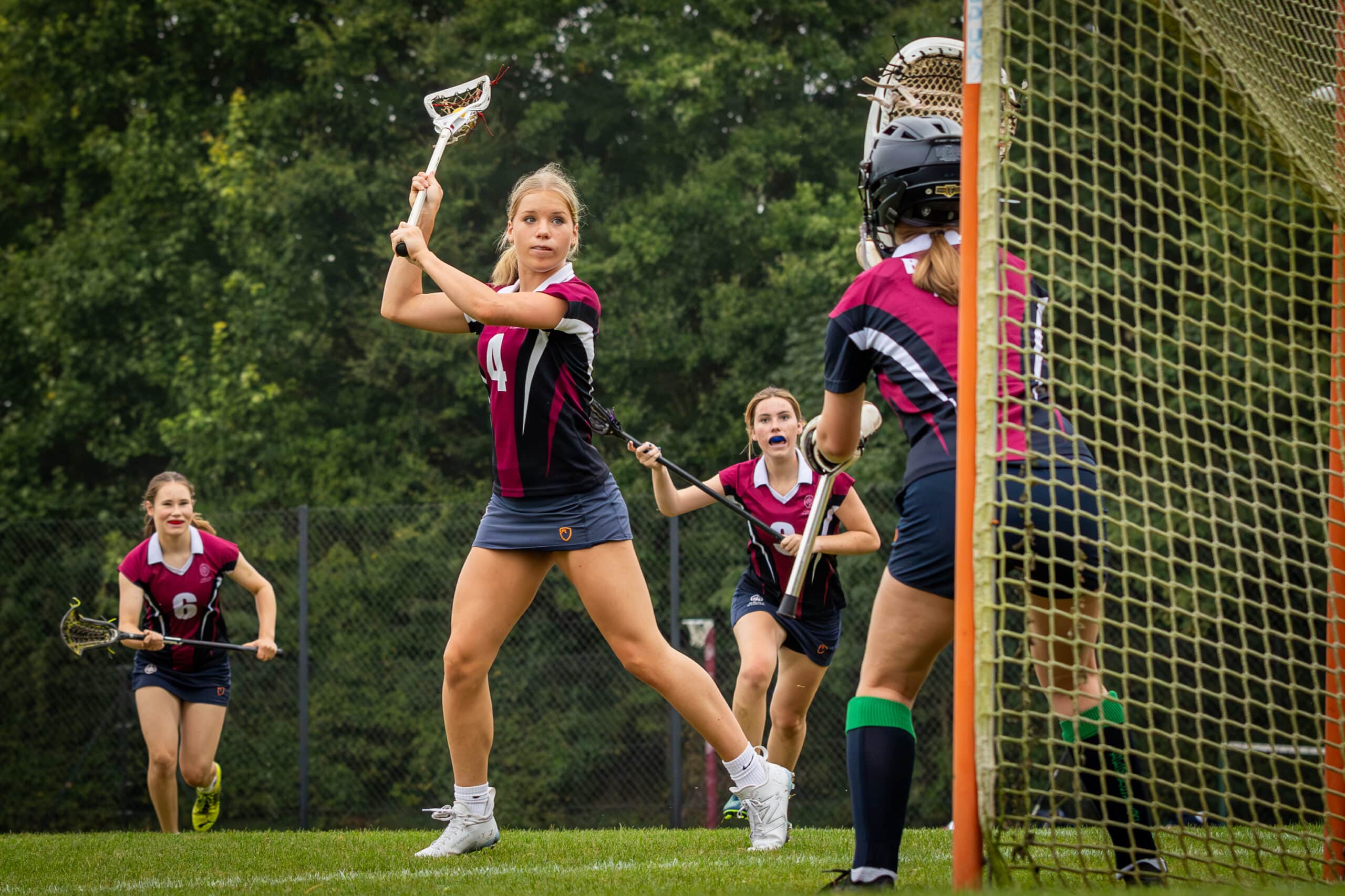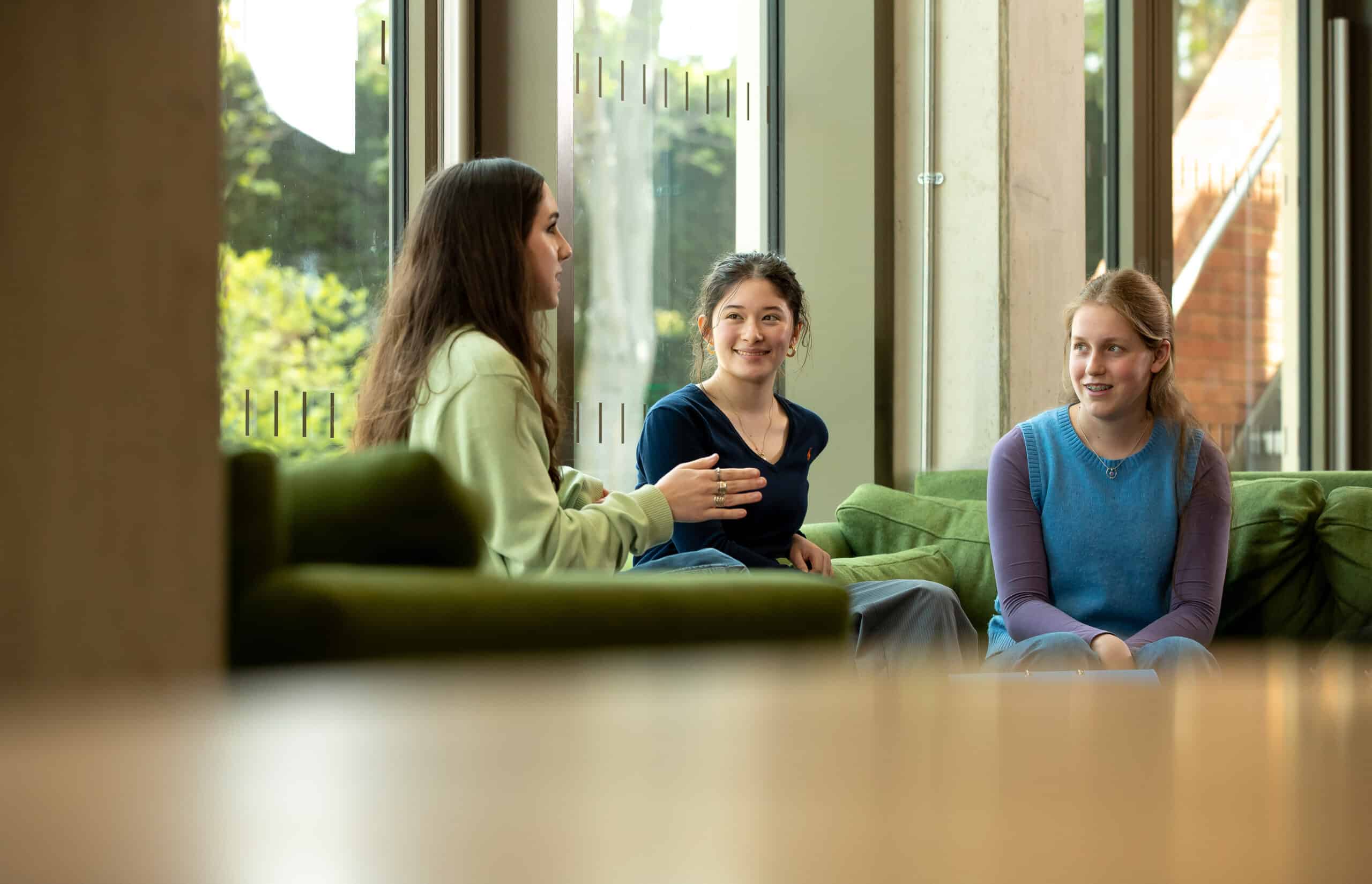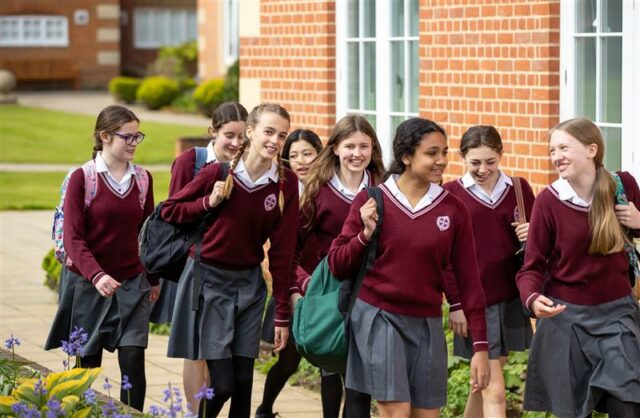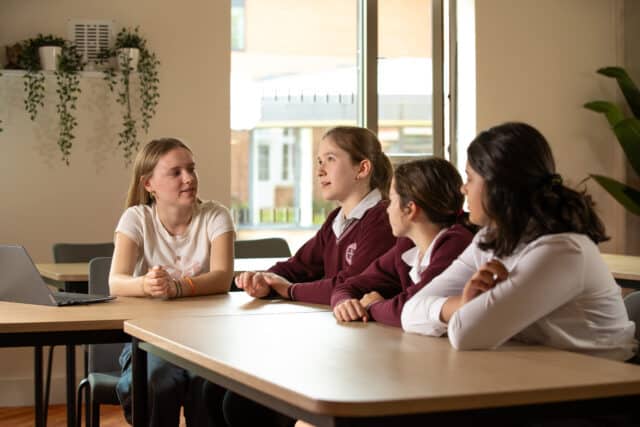Women’s sport is on the rise and the increased visibility of women’s sport has been supported by large broadcasting deals, such as Sky Sports’ multi-year broadcast partnership with England Netball in 2021 (Sky Sports, 2021), the joint venture of BBC and Sky Sports for broadcast rights of the Women’s Super League football (The FA, 2021) and The Hundred cricket (ECB, 2017).
This culminated in 2022 being the highest-ever viewing year with over 37 million people watching domestic women’s sport in 2022 (Women’s Sport Trust, 2023). The growth in viewing figures of women’s sport has led to organisations investing in both the professional aspects and participation. In women’s cricket, for example, the ECB increased funding to double the number of professional domestic women’s players (40 to 80 players) (ECB, 2022) and has pledged to treble the number of girls’ cricket teams in England and Wales by 2026 (ECB, 2023). The UK government has also announced a Women’s Sport Investment Accelerator scheme to support investment and to continue to build on the growth of women’s sport (Department for Business & Trade, 2023).
The increased professionalisation of women’s sports is likely to trickle down the pathways, with national sport organisations putting together comprehensive frameworks and talent development pathways. Whilst such professionalisation of the pathway may offer youth athletes greater opportunity to develop their sporting skills and pursue sporting goals, it likely also introduces additional challenges (Gould, 2019).
Women’s sport can look to the lessons found from the boys’/men’s side of sport with established pathways and talent development environments. When observing the physical, psycho-social and educational aspects within sport and talent development environments, impacts on athletes could be either positive or negative, it all depends on the athlete and their context. Which is to be expected, as even within a single sport, each environment and context is different. Ultimately Rongen et al (2018) suggest that the impact of talent development environments reflects how well they are designed, implemented, and managed to enable positive health outcomes for youth athletes. This deliberate organisational design is important when considering the growth of women’s sport, plus the increase in resources and opportunities that will come with it. As women’s sport grows and the professionalisation cascades down the pathways into youth girls’ sport, the way environments (sports, pathways, clubs, schools etc) develop and roles like mine operate will be hugely important.
Currently, when looking at supporting youth female athletes, the ‘youth athlete’ aspect takes precedent as a focus rather than the ‘female’ aspect. Why might this be the case? Firstly, there is a huge amount of transformational progress that can be made when working from a youth athlete lens. Given their age, girls and boys benefit massively from engaging with training due to their brains’ neuroplasticity and supporting developing body structures through growth.
But if we did wish to have a more female focus then Emmonds, Heyward and Jones (2019) have highlighted the difficulties in supporting female athletes, stating that current sports performance and well-being strategies are often based on evidence from male athletes or talent development environments. This is echoed by a recent review of six major journals with over 5000 publications, where 63% included both males and females but only 6% included females exclusively (Cowley et al, 2021), showing a lack of focus in an area of need. Furthermore, the research collected on female athletes is also often deemed of poor quality too, based on the research methods used (McNulty et al, 2020).
This dearth of evidence about how to support female athletes, regardless of age, is going to take time to resolve. But, hopefully, with the Athletic Development support at St Helen and St Katharine, we are setting students up for whatever their athletic endeavours are – and we will continue to develop our practice to support female student-athletes.
Joshua Wall is the Head of Athletics Development and Health at St Helen and St Katharine and is responsible for our Athletic Development Programme. The programme supports students from across the School, focusing on physical competence and confidence early to instil lifelong positive attitude to physical activity. Those who wish to progress to elite level or pursue a career in sport are offered support through our Developing Athlete Programme (DAP) and our sports scholars programme.
SHSK Thinks – Athletic developmentSport at St Helen’s
References
Gould, D. 2019. The Current Youth Sport Landscape: Identifying Critical Research Issues. Kinesiology Review, 8, 150-161.
Rongen, F., McKenna, J., Cobley, S. & Till, K. (2018). Are youth sport talent identification and development systems necessary and healthy? Sports Medicine – Open, 4.
Emmonds, S., Heyward, O. & Jones, B. (2019). The Challenge of Applying and Undertaking Research in Female Sport. SpringerOpen.
Cowley, E. S., Olenick, A. A., McNulty, K. L. & Ross, E. Z. (2021). “Invisible Sportswomen”: The Sex Data Gap in Sport and Exercise Science Research. Women in Sport and Physical Activity Journal, 29, 146-151.
McNulty, K. L., Elliott-Sale, K. J., Dolan, E., Swinton, P. A., Ansdell, P., Goodall, S., Thomas, K. & Hicks, K. M. (2020). The Effects of Menstrual Cycle Phase on Exercise Performance in Eumenorrheic Women: A Systematic Review and Meta-Analysis. Sports Medicine [Online], 50.

